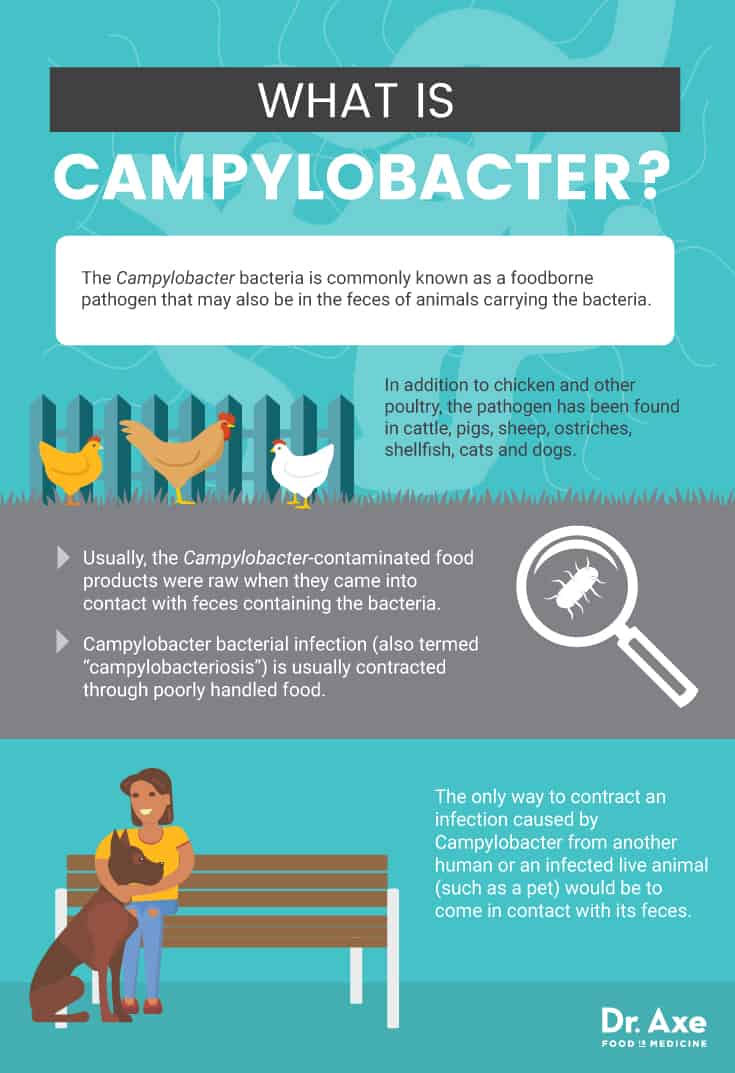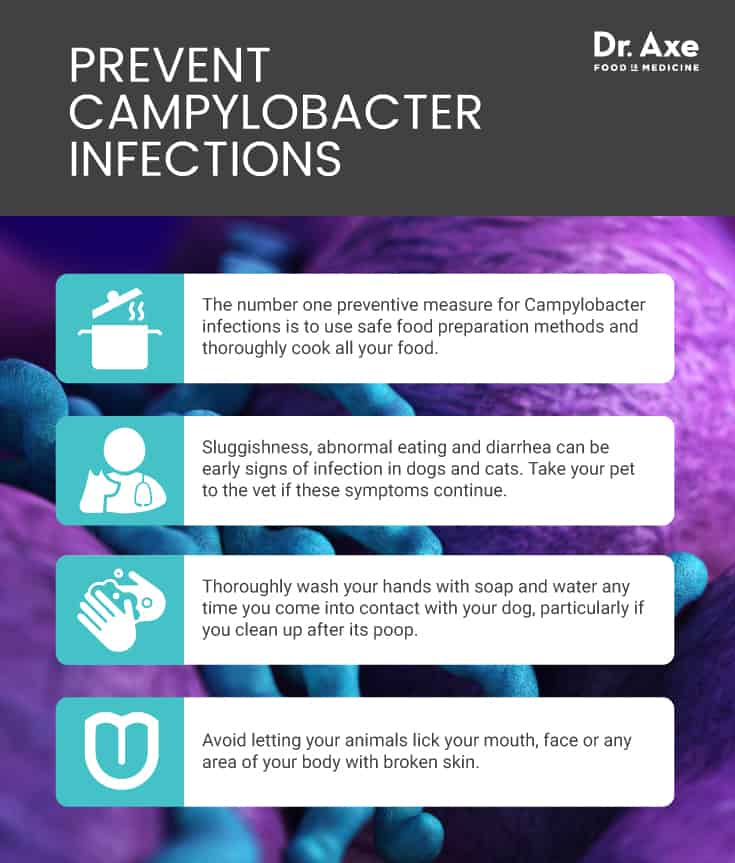This Dr. Axe content is medically reviewed or fact checked to ensure factually accurate information.
With strict editorial sourcing guidelines, we only link to academic research institutions, reputable media sites and, when research is available, medically peer-reviewed studies. Note that the numbers in parentheses (1, 2, etc.) are clickable links to these studies.
The information in our articles is NOT intended to replace a one-on-one relationship with a qualified health care professional and is not intended as medical advice.
This article is based on scientific evidence, written by experts and fact checked by our trained editorial staff. Note that the numbers in parentheses (1, 2, etc.) are clickable links to medically peer-reviewed studies.
Our team includes licensed nutritionists and dietitians, certified health education specialists, as well as certified strength and conditioning specialists, personal trainers and corrective exercise specialists. Our team aims to be not only thorough with its research, but also objective and unbiased.
The information in our articles is NOT intended to replace a one-on-one relationship with a qualified health care professional and is not intended as medical advice.
Campylobacter Infection: Protecting Your Family & Pets
November 20, 2017

In October 2017, the Centers for Disease Control and Prevention (CDC) released a report about a multistate outbreak of Campylobacter infections connected with puppies adopted from Petland, a pet store chain. (1) That might sound a little scary, but did you know that a Campylobacter infection actually affects somewhere around 1.3 million people in the U.S. each year? (2)
Known as one of the most frequent causes of diarrhea and related illnesses in the U.S., Campylobacter bacterial infection (also termed “campylobacteriosis”) is usually contracted through poorly handled food. Actually, it’s one reason you should carefully handle raw meat to avoid contamination and make sure meat is cooked to proper temperatures.
What Is Campylobacter?
The Campylobacter bacteria is commonly known as a foodborne pathogen that may also be in the feces of animals carrying the bacteria. In addition to chicken and other poultry, the pathogen has been found in cattle, pigs, sheep, ostriches, shellfish, cats and dogs.
Campylobacter jejuni is the most frequently tested form of the organism, but other strains exist. (3) Usually, the Campylobacter-contaminated food products were raw when they came into contact with feces containing the bacteria.
It’s hard to determine specific numbers for the instances of these infections because many people don’t go to the doctor for diarrhea unless they have a particularly bad case or other risk factors. However, the World Health Organization (WHO) does define Campylobacter as one of the four “key global causes of diarrheal diseases. It is considered to be the most common bacterial cause of gastroenteritis [stomach flu] in the world.” (4)
While many people are able to ride out these relatively mild infections, young children, the elderly and those with suppressed immune systems are at a greater risk for complications and even death.
Those risks are multiplied in developing countries with poor food standards and inadequate medical care, where children under 2 years old frequently contract this bacterial infection and sometimes die as a result. In countries like the United States, these infections are usually isolated and affect only a few people from one contamination. But large outbreaks are common and often endemic in the developing world — meaning there are certain places where Campylobacter infections occur regularly. (5)
Is Campylobacter Contagious?
With bacterial infections, it’s normal to be concerned about how one might pass along their illness. However, Campylobacter infections are not contagious, at least in the traditional sense of airborne germs going from one human to another.
Rather, campylobacteriosis is what’s known as a zoonosis, meaning a disease that occurs as a result of contact with contaminated animal products (meat, milk, etc.).
The only way to contract an infection caused by Campylobacter from another human or an infected live animal (such as a pet) would be to come in contact with its feces. Sure, that sounds gross the first time you read it, but how many of us have changed a diaper or scooped up after our puppy’s potty time?

Symptoms and Complications of Campylobacter Infections
When or if you ever come into contact with Campylobacter bacteria, it’s likely that you will experience symptoms starting between two and five days after exposure, although they sometimes occur anywhere from one to 10 days later. Once symptoms begin, they often abate between three and six days later.
The most common symptoms of campylobacteriosis are:
- Diarrhea (often bloody)
- Stomach/abdominal pain
- Fever
- Headache
- Nausea
- Vomiting
As I’ve mentioned, it is possible to die as a result of this infection, but it’s rare. The exceptions to this rule are children, elderly people and immunocompromised individuals, such as those suffering from HIV/AIDS.
While most people recover from Campylobacter exposure on their own, there are some additional complications that can occur, including bacteraemia (blood-borne bacteria), pancreatitis, hepatitis and miscarriage.
Rarely, patients can develop reactive arthritis (painful joint inflammation that can persist for several months) and neurological issues like Guillain-Barré syndrome.
Guillain-Barré is a rare neurological disorder characterized by an attack of the immune system on your body’s nerves. Symptoms begin with weakness and tingling in the extremities and can spread to whole body paralyzation. It can be a serious medical emergency and usually requires hospitalization for treatment. It’s estimated that one in 1,000 people with campylobacteriosis develop this complication. This isn’t the only cause of Guillain-Barré, but it probably accounts for about 40 percent of cases in the U.S.
Treatment of Campylobacter
For some people, treatment by a physician may be required within a short period of time. If you know your immune system has been compromised by illnesses like HIV/AIDS or cancer treatments, you should see a doctor as soon as diarrhea begins, to prevent additional issues.
If you are generally healthy, it’s usually OK to wait a couple of days to see if your symptoms go away, staying hydrated and following a normal course of action to handle diarrhea. However, if you start to notice signs of dehydration, including dark urine, dry skin/mouth or dizziness, severe pain in the gut or rectum or a fever of 102 Fahrenheit or more, head over to the doctor.
In the meantime, it can be useful to use antibacterial essential oils to fight Campylobacter infection. Thyme oil, clove oil, orange oil and bergamot oil have all been found to have bacteria-killing benefits against Campylobacter. (6, 7)
When using essential oils, be careful to follow safety instructions. For example, with bergamot oil, monitor your blood sugar if you have diabetes, as it may affect these levels. Clove oil shouldn’t be taken internally for more than two weeks, and thyme oil is not safe for pregnant women or people with high blood pressure or epilepsy.
To diagnose campylobacteriosis, your doctor will take a stool sample for testing at a lab. A lot of the time, no conventional medication is prescribed except something to treat severe symptoms, although some doctors will prescribe antibiotics. Your body’s way of getting rid of the infection is vomiting and diarrhea, so it’s a good idea to let it all out rather than trying to prevent it. (8)
Prevention of Campylobacteriosis
The number one preventive measure for Campylobacter infections is to use safe food preparation methods and thoroughly cook all your food. Less than 500 Campylobacter germs are required to infect your body, which means it could happen with as little as one drop of juice from raw chicken.
Because it’s possible to contract this infection from a sick pet, do your best to adopt animals that are happy and alert. Sluggishness, abnormal eating and diarrhea can be early signs of infection in dogs and cats. See a veterinarian within a short period of time after adopting an animal to make sure the animal is in optimal health, and always keep your pet’s living area as clean as possible.

Thoroughly wash your hands with soap and water any time you come into contact with your dog, particularly if you clean up after its poop. Do not directly touch dog feces, but use gloves or a bag to avoid direct contact. If your animal urinates, defecates or vomits in the house, thoroughly clean up after it and disinfect the area. Finally, avoid letting your animals lick your mouth, face or any area of your body with broken skin.
Final Thoughts
Campylobacter infections are caused by various strains of the Campylobacter bacteria and are one of the most common causes of diarrhea and food poisoning in the world. Although a large outbreak of drug-resistant Campylobacter was reported in October 2017, these infections are usually isolated and commonly caused by poor food preparation and handling.
Campylobacteriosis is not contagious from person to person, but may be passed that way through touching feces containing the bacteria. If you contract food poisoning, try using antibacterial essential oils to combat the infection. Do not prevent vomiting or diarrhea, as this is your body’s natural way of expelling the bacteria.
Those who are immune-compromised, very young or very old should see a doctor shortly after diarrhea begins. Healthy individuals may try to heal at home, but you should see a doctor if certain symptoms appear or persist. Doctors may prescribe antibiotics, but there are no widely used treatments for Campylobacter infections.








